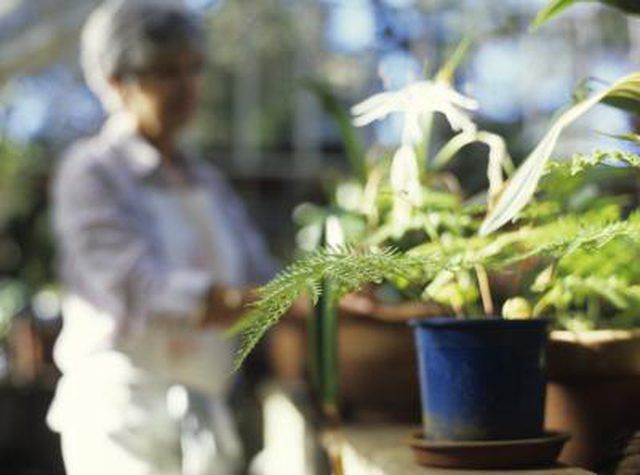Bulbs
Flower Basics
Flower Beds & Specialty Gardens
Flower Garden
Garden Furniture
Garden Gnomes
Garden Seeds
Garden Sheds
Garden Statues
Garden Tools & Supplies
Gardening Basics
Green & Organic
Groundcovers & Vines
Growing Annuals
Growing Basil
Growing Beans
Growing Berries
Growing Blueberries
Growing Cactus
Growing Corn
Growing Cotton
Growing Edibles
Growing Flowers
Growing Garlic
Growing Grapes
Growing Grass
Growing Herbs
Growing Jasmine
Growing Mint
Growing Mushrooms
Orchids
Growing Peanuts
Growing Perennials
Growing Plants
Growing Rosemary
Growing Roses
Growing Strawberries
Growing Sunflowers
Growing Thyme
Growing Tomatoes
Growing Tulips
Growing Vegetables
Herb Basics
Herb Garden
Indoor Growing
Landscaping Basics
Landscaping Patios
Landscaping Plants
Landscaping Shrubs
Landscaping Trees
Landscaping Walks & Pathways
Lawn Basics
Lawn Maintenance
Lawn Mowers
Lawn Ornaments
Lawn Planting
Lawn Tools
Outdoor Growing
Overall Landscape Planning
Pests, Weeds & Problems
Plant Basics
Rock Garden
Rose Garden
Shrubs
Soil
Specialty Gardens
Trees
Vegetable Garden
Yard Maintenance
How to Use Hydrogen Peroxide to Kill Powdery Mildew
How to Use Hydrogen Peroxide to Kill Powdery Mildew. Powdery mildew doesn't just give your plant's foliage a dusty white look; it can stress and kill your plants if it's not controlled. Caused by fungal spores, the mildew can quickly spread from infected plants to the plants beside it. Although powdery mildew can be controlled quickly and...

Powdery mildew doesn't just give your plant's foliage a dusty white look; it can stress and kill your plants if it's not controlled. Caused by fungal spores, the mildew can quickly spread from infected plants to the plants beside it. Although powdery mildew can be controlled quickly and effectively with commercial garden mildewcides, those interested in natural home remedies can mix their own mildewcide from over-the-counter hydrogen peroxide.
Things You'll Need
Sharp scissors or pruning shears
Gallon-sized spray bottle
Hydrogen peroxide
Remove any heavily infested plant foliage and stems that have wilted because of the powdery mildew. Cut off the foliage with a sharp pair of scissors or garden shears and discard them in a sealed plastic bag. Do not shake the foliage, in order to avoid spreading the mildew's spores.
Pour a quart of standard 3 percent-strength hydrogen peroxide--available from most drugstores--into a gallon-sized spray bottle. Add three quarts of water and shake the spray bottle to mix its contents thoroughly. If you're using a bigger or smaller bottle, adjust the measurements so you're mixing one part hydrogen peroxide and three parts water.
Mist the hydrogen peroxide onto your plants, focusing on areas that have powdery mildew growth. Coat the foliage until there's so much moisture that it beads and drips off of the leaves.
Repeat the hydrogen peroxide application once daily until the powdery mildew problem subsides. Then, apply it as needed to control any new powdery mildew growth.
Tips & Warnings
When trimming infected plant foliage, don't let the pruned stems and leaves touch uninfected plants.
Hydrogen peroxide works by oxidizing the mildew cells and killing them over time.
Hydrogen peroxide may take longer to kill powdery mildew than commercial mildewcide chemicals, but it is all-natural and inexpensive.